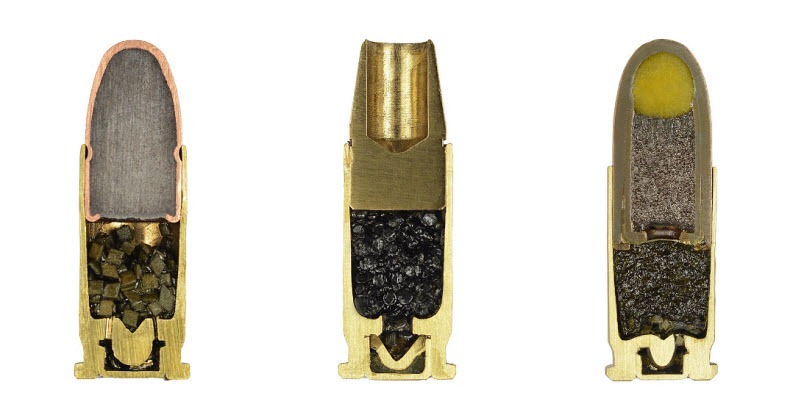Dixie Gunsmithing
Moderator Emeritus
Unclenick, I figured that might be what was happening with lead ammo, where the fouling caused a rise in chamber pressure. I've never seen anyone state that, though.
Usually, when I see questions about reloading and used brass, with a case rupture in pistols, there only a few things that can cause that, and a barrel unlocking from the slide is not one of them, unless it was a catastrophic failure that they were speaking of. With a delay built into all locking pistols, the bullet should have been long gone, and the pressure dropped to nil, before the barrels locking lug comes out of the slides recess, and before the breech face ever starts to part from the rear of the cartridge for extraction.
Usually, when I see questions about reloading and used brass, with a case rupture in pistols, there only a few things that can cause that, and a barrel unlocking from the slide is not one of them, unless it was a catastrophic failure that they were speaking of. With a delay built into all locking pistols, the bullet should have been long gone, and the pressure dropped to nil, before the barrels locking lug comes out of the slides recess, and before the breech face ever starts to part from the rear of the cartridge for extraction.



